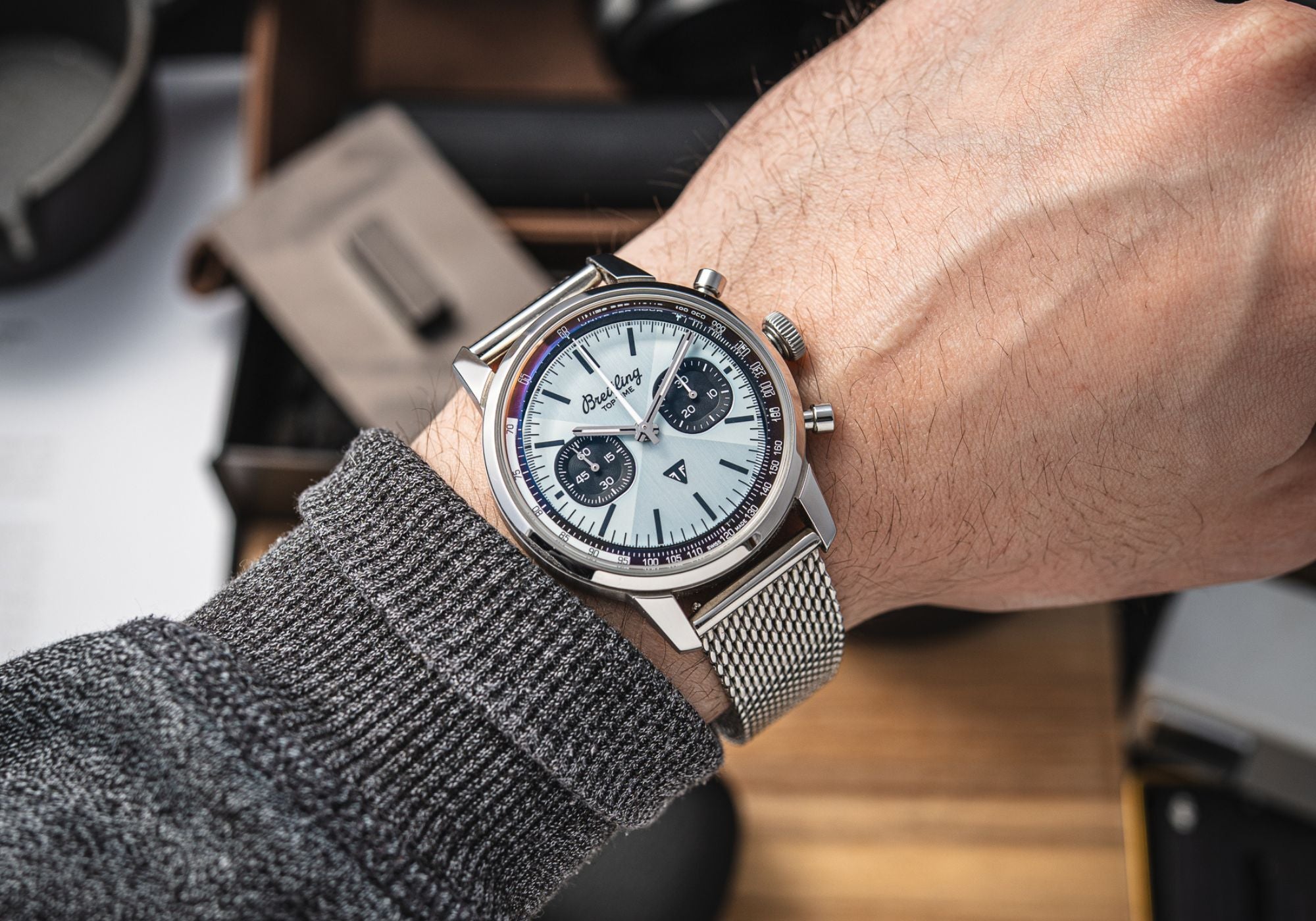
How to Care for Your Mechanical Watch - The Complete Guide
Every mechanical watch is more than just a timepiece – it is a precision instrument, a work of engineering that requires proper care to ensure longevity and accuracy. Follow these basic maintenance tips to keep your watch in top condition and ensure its precision for years to come.
The most important thing is water!
First of all, be aware of the water resistance of your watch. The basis is not to exceed the values given by the manufacturer. It is also important to understand that the values given by manufacturers refer to static pressure. In short, this means that a watch with a water resistance of WR50 (50M) will withstand the water pressure that is at a depth of 50 m, but we cannot dive with it to this depth, because with every movement of the hand we create additional water pressure acting on the watch. From our perspective, we do not recommend any form of swimming with a watch that has a water resistance of less than WR100.
Before entering the water, it is also worth pressing the crown down properly or checking that it is screwed in properly. If you come into contact with salt or chlorinated water, remember to rinse the watch with fresh water to avoid corrosion.

Magnetic fields
Mechanical watches have one common weakness - magnetic fields. They can drastically affect the operation of the watch. If your watch suddenly starts to measure incorrectly, it is probably because it is magnetized. Don't worry, this is not permanent damage and a watchmaker can demagnetize it in a few moments. However, it is worth keeping this in mind and avoiding contact between the watch and things such as speakers, magnets or other devices that generate magnetic fields.
Service intervals
A watch, like any other device, needs to be serviced from time to time. To ensure accuracy and water resistance, we recommend taking your watch to a professional service approximately every five years. If your watch needs service, let us know, we will pick it up and give you a price estimate.

Cleaning your watch
Taking care of your watch is more than just winding it and setting the time. It is also about keeping it clean. For this purpose, we recommend using a soft brush with a little warm water and soap. It is important not to use any aggressive chemicals that could affect the coatings of the watch or the durability of the seals. To dry-wipe your watch from prints, we recommend using soft microfiber cloths or disposable cellulose tissues. It is also important to remember to keep the cloths clean, because if they contain dirt, they can scratch the polished surfaces of the watch.
Leather belts and bracelets
As with the case, we also recommend cleaning the bracelets with a soft brush and soap and water. When it comes to straps, unfortunately this is an element that needs to be replaced every once in a while. Straps show signs of wear, but they also offer the greatest possibilities for personalization. So don't be afraid to replace them, there are many options available on the market, and if you don't find anything for yourself, you can always sew a custom strap. Let us know what strap you need and we will help you with your order.

Rotomats and maintaining the mechanism operation
This is one of the most frequently discussed issues on watchmaking forums and groups. In short, there are two camps - one says that the oil in a mechanism that does not work dries up and the other says that a mechanism that works all the time wears out components at an unnatural rate. In our opinion, the truth lies in the middle and you should take care that the mechanism works at least once a week, but it does not have to work 24/7 all year round. However, we must admit that watch winders look really exclusive and are certainly one of the best ways to present your collection.
Polishing watches
We often get questions about polishing watches - is it worth doing and how often can it be repeated. First of all, you should be aware that each polishing involves removing a thin layer of metal from the watch. This is a very delicate operation, during which it is incredibly easy to damage the original lines of the watch. That is why we advise against polishing watches too often.
We offer such a service and we take it very seriously. Polishing is not a quick process, because to do it properly, you have to disassemble the watch into its first parts. If you do it quickly, you can unfortunately do yourself a lot of harm, because in watches that are too polished, you have to fill in the missing metal, which is connected with a complicated and expensive process of surfacing.

Accuracy of the mechanism
Mechanical watches are typically less precise than their quartz counterparts due to the lack of a constant power source. It is worth remembering that every watch – regardless of the mechanism – gains or loses seconds over time, because no timepiece is absolutely perfect.
Most of the models in our range are certified chronometers, meaning they have passed rigorous tests conducted by independent institutions, confirming their above-average accuracy. This certification is often displayed on the watch face. Standard chronometers must be within a tolerance of -4/+6 seconds per day, but some brands, such as Rolex and Omega, apply even more stringent tests. Modern Rolex watches bear the "Superlative Chronometer Officially Certified" mark, which indicates a precision of -2/+2 seconds per day.
If you notice that your mechanical watch is not running as accurately as before, it may be due for service. You can find more information about available services here .

